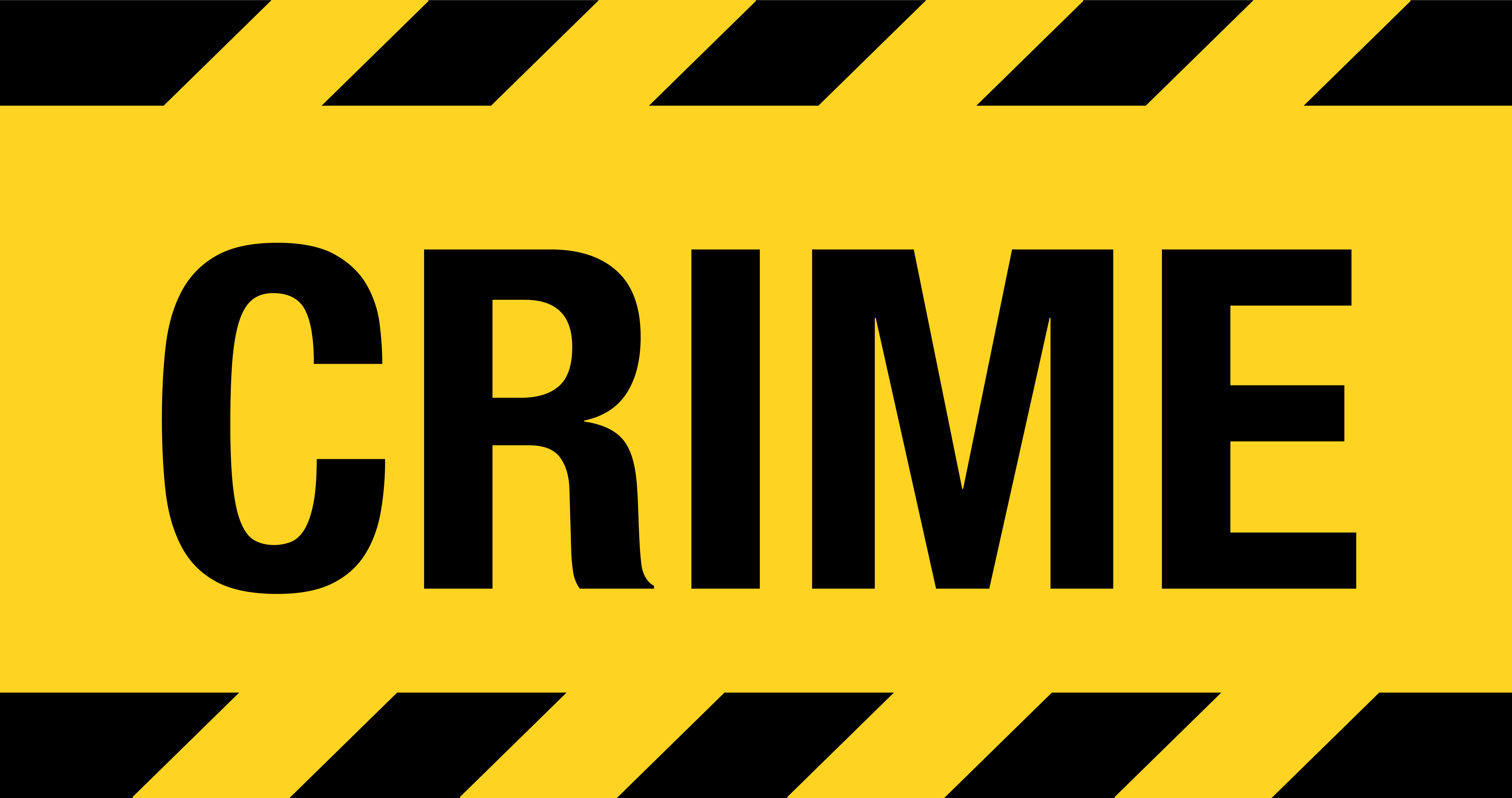I first realized I wanted to be a writer in 8th grade. I had a lot of that stereotypical teenage angst built up, and writing was the only way I thought I could vent it. I spilled my emotional guts by writing regularly in my journal, and realized I enjoyed it and might have some sort of creative talent.
Later in 8th grade, I gave a presentation for a social studies class on my desire to be a writer (one of our class projects was to research and discuss what future career we wanted). I think most of the class gave the usual boring lawyer/doctor/businessman spiel for their presentations.
During my speech to the class, I detailed all the types of writing I wanted to do: poems, short stories, novels, plays, movie scripts, journalism. My plan, I claimed, was to pay the bills by being a journalist and write creatively in my spare time. Thus began the long internal battle between journalism and more, shall we say, literary writing.
It soon became fairly evident in high school and was later enforced by college that it’s difficult to have a career in journalism and have a life outside of the newspaper, let alone finding free time to write the next great American novel or epic poem. I had such stressful experiences with journalism in high school (a personality conflict with the high school paper’s advisor led me to quit the paper after my junior year) that I seriously considered giving up on it. Only the positive experiences I had my junior and senior years as the high school intern at my hometown paper led me to enter Ohio State with a deceptively schizophrenic double major: journalism and English.
In my mind, there’s a pretty big difference between journalism, which leaves no room for lying or embellishment and creative writing, which seems to encourage its practitioners to cleverly tweak and outright make-up the who, what, when, where and why of their stories or poems. Journalism, whether publishing a monthly high school paper or putting out a daily paper on the college level, places constant and precise demands on your time. Creative writing requires more self-motivation and self-discipline, both to start writing and to complete the whole messy process of rewriting, revising, submitting work for publication, getting rejected and submitting more work for publication.
One thing they share in common is a lack of monetary reward. Only the Dave Barrys and the Steven Kings of the journalism and literary worlds make enough cash to live in luxury; the vast majority of entry level journalists and MFA creative writing students are going to be dining on ramen noodles until they can land an editor’s job or a full professor’s position.
This quarter, though, I took a class that helped erase, or at least blur, some of the lines that exist between the worlds of journalism and literary writing. I took a creative writing honors seminar, English H591.01, as one of the three honors seminars in English I have to take in order to graduate with an honors degree in English. Depending on the professor who teaches the class, the theme varies.
I took the class with Professor Michelle Herman, themed “Art and Life.” The goal of the class was to read novels, short story and poetry collections by authors, several of whom are OSU creative writing professors, and discuss how they make art from life. Many of these professors/writers would then come into the class and answer questions we had about their writing, their lives and how the two intersected.
We had a pair of writing assignments designed to take what we’d learned and heard from other writers and apply it: A personal essay on some important event or aspect of our lives and a series of poems or a short story based on that essay. (a critical essay option was also available for those nervous about creative writing)
For the past two years, my creative writing output has been sporadic, partially because of the increasing demands on my time at The Lantern and partially because of a misguided idea I had developed that, since my life was not interesting, I needed to wildly make stuff up to spice up my work. This inevitably led to wildly terrible poems.
In my mind, I had drawn a solid line between journalism and creative writing. Journalism was life. Creative writing was art. But the truth is, the two inform each other much more than I previously thought. Art is not pulled out of the air, from dreams or drug abuse. Art is the act of shaping, sculpting, molding and firing the raw stuff and minutiae of life to provide insight on life; meaning from meaninglessness. Likewise, there’s a certain craft involved in writing even the most basic of news stories. Knowing how to interview people and find statistics are important, but a story is more than just repeating what other people have said. It takes skill to work within the limits of style, neutrality and the space on a page to write a story that not only explains the facts of a story simply, but explains the story’s importance.
There’s pleasure in the familiarity and consistency of writing two editorials and a column every week, but it was equally exciting when I was sitting in my attic last week struggling to write a short story based on my middle school experiences. I haven’t quite decided which way I’m going to go, literary or journalism, and I’m not ready to. All I know is, I’m not finished yet. That story needs revising, and I still have editorials to write this week.
Benjamin Nanamaker is a senior in English and journalism, despite his better judgment. He can be reached for comment or commiseration at [email protected].


